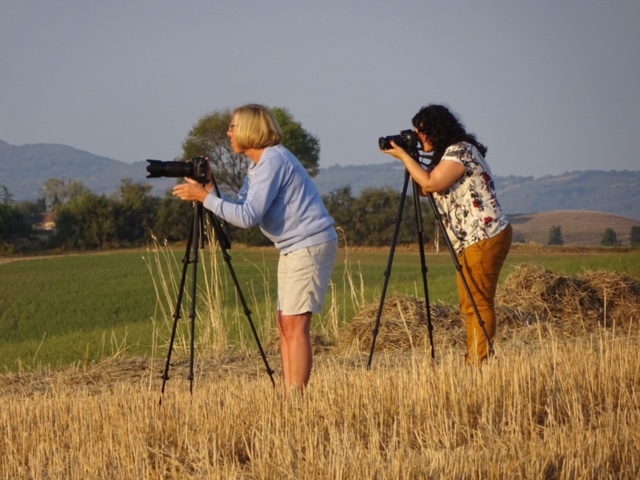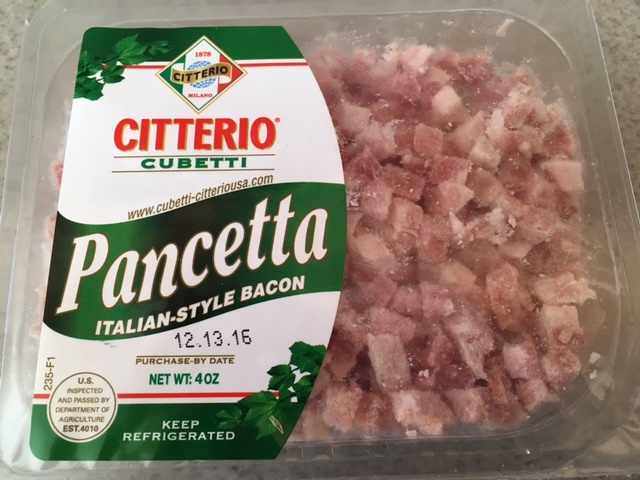La Scuola (the School) Part One : Language Classes at Lucca Italian School
My first Italian lesson, in a university night class in New Mexico, did not go so well. I learned that there were six different ways to say the word “the” in Italian, depending on number, gender, and first letter of a word. Il, lo, la, i, gli, le. Add in the contracted l’ before words that start with a vowel and you increase the count to seven. My dreams of rapid fluency evaporated. I did grasp just enough to allow me to speak a little Italian on my first trip – as long as I stuck to the present tense of 10 verbs, filled in with infinitives where necessary, used the 25 nouns I knew, and made good use of hand gestures and my Berlitz pocket guide. Luckily for me Italians are both patient with the language attempts of foreigners and, in the larger cities at least, much better with English than I was with Italian. It was a start.
Many years and several trips to Italy later, it was time to get more serious about learning the language. I wanted to be able to experience Italy in a way that only someone who understands the language can. I had no expectations of fluency, but a hope that I could at least expand my vocabulary, learn the past tense (little did I know that there are almost as many past tenses in Italian as there are ways to say “the”) and engage in simple conversations. I also wanted a reason to stay longer in Italy and attending language classes would give me a good excuse. So, I began a search for a place to study the Italian language in Italy.
Lucca Italian School is set in a beautiful liberty style villa in the historic center of Lucca, Italy. *
My research led me to Lucca Italian School, LIS for short. I wasn’t at all sure what to expect before I arrived. Would I find the right level class for me – not a total beginner but not a strong speaker either? Would there be other students my age or would I be the one "mature" student in a sea of young faces? Would I find enough things to do outside of class or, with a month on my own, would I begin to feel isolated? If you get the sense I might be a bit of a worrier, well yes, it’s true. But I needn’t have worried at all because my experience at Lucca Italian School was meraviglioso (wonderful). So wonderful that I have returned every year since. Here are some of the things that make Lucca Italian School special:
The school directors, Daniela, Angelo, and Eva, are the warmest, most welcoming people. They love what they do and it shows in every aspect of the school and all of their interactions with students. They coordinate curriculum, classes, and cultural activities with both learning and enjoyment in mind.
Daniela (left), Angelo, and Eva. *
The atmosphere for learning is immersive yet relaxed, with a focus on communicating. Grammar is gently woven in to lessons that are relevant and interesting. The multiple learning strategies – discussion, audio tapes, games, language activities, readings, music – keep students engaged and interested. This is active learning at its best.
Classes are small. Everyone has a chance to participate, to ask questions, to interact with the instructor and the other students. Classes are made up of students at similar levels of experience with Italian, so everyone learns and no one is left behind.
A class in session at Lucca Italian School. *
The teaching staff is outstanding. I’ve taken classes with many different LIS instructors, in both group and private lessons, and have always been impressed with their teaching, patience, ability to juggle students from different countries and cultures while keeping all engaged and enthusiastic, and their flexibility in meeting the needs of students. As a bonus, the teachers are invested in teaching more than just language skills – all share their love of Italian culture and traditions, as well as of their hometown, Lucca.
Some of the teaching staff at Lucca Italian School. Back row: Silvia, Eleonora, Laura, Susanna. In front: Antonella and Eva. *
In addition to morning language study, there are special classes that include afternoons centered around cooking, the life and works of Puccini, drawing, art, photography, or walking in the countryside and hills around Lucca. The ability to expand the study of language to include these additional interest areas is a real plus.
Learning the language is enhanced by the many cultural activities sponsored by the school, including cooking, wine tasting, explorations of the history of Lucca and the surrounding areas, walks in the city or countryside, trips to fascinating small villages or nearby cities, music performances, films, and shared meals.
The setting is beautiful. LIS is located within the walls of Lucca in a beautiful restored villa with a grand terrace. Lucca itself is also part of the fun. I can’t think of a better city for studying Italian or for spending the hours outside of class times.
The other students add to the experience. They are all ages, from 20-somethings to seniors, and come from around the world. I’ve met students from Europe, Great Britain, Asia, South America, Mexico, Canada, the U.S., and Australia. What an interesting, adventurous, well-traveled, friendly, inclusive group they are! A common interest in learning Italian forges connections that might otherwise never have been made. At LIS, prepare to make good friends!
post by JMB
LIS students and staff on a visit to the 16th century Villa Torrigiani, spring 2016 - can you spot Judy and Joanne in this group?
* these photos courtesy of Lucca Italian School, used with permission. Grazie LIS !


































